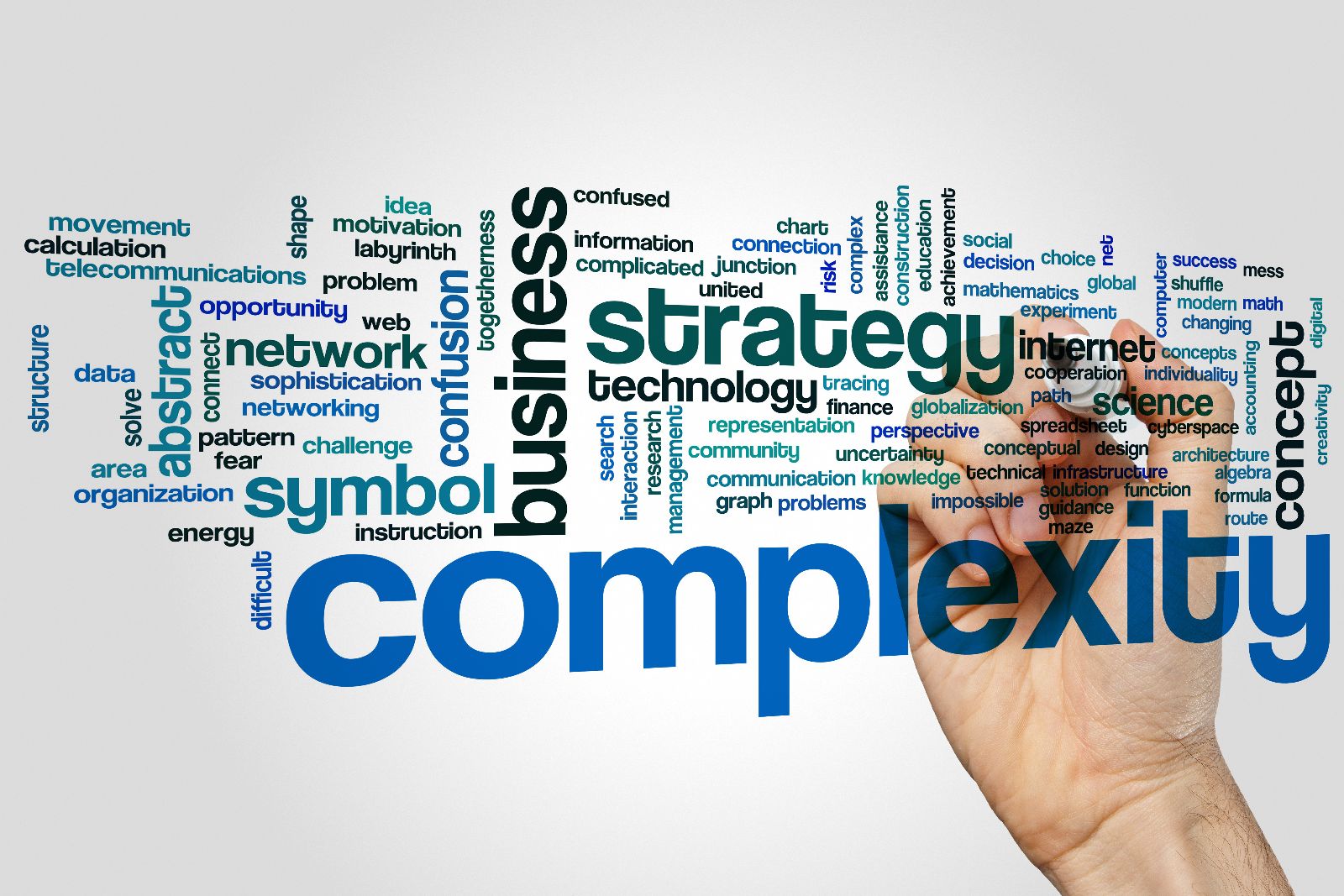Today as you read this, thousands of people are working to improve products, services, and processes that should be eliminated. Too many continuous improvement projects are so focused on gaining efficiencies that they don’t challenge the basic assumptions of what’s being done or the value of the product or service being improved. This unnecessary, low-value project proliferation is often fed by belt-and-badge systems requiring individuals to undertake projects to progress through hierarchies in continuous improvement structures.
When an organization has a disproportionate amount of low-value products or services, we term this “complexity.” These low-value activities have a disproportionate cost/value relationship, consuming a significant portion of a company’s overhead or cost structure, but generating little, if any, profit.
Complexity is never planned. Over time companies add products, services, or features in the hope of attracting and retaining customers, boosting market share, or reducing costs. For example, in a medium-sized manufacturing firm, the top 25% of customers represented 78% of total sales; 25% of products accounted for 83% of total sales; 25% of parts held equated to 89% of inventory; and 25% of suppliers amounted to 91% of the purchasing spend for the business.
A consistently repeating pattern of these results leads to a variation of the Pareto Principle of 80/20: the rule of 50/5. This rule states that the lower 50% of an organization’s products, services, or customers will account for less than 5% of the organization’s value added.
The application of the Pareto Principle involves focused management on the top 20% of those products, services, or customers in contrast to the rule of 50/5 which focuses on eliminating low-value activities or managing them more efficiently. In the example used earlier, by contrast, the comparable data for the lower 50% of activities as a percentage of total sales was: Customers 4.5%, Products 3.8%, Inventory 4%, and Purchasing 1.1%.
The presence of this low value is a primary driver of organizational cost inefficiency.
Targeting improvement initiatives at reducing complexity has far broader impact than improvement for improvement’s sake. We have seen businesses reduce complexity by 50% with no negative effects on profitability or competitive position. Companies who address complexity experience higher growth and profitability. Targeting continuous improvement in this way improves management’s focus and provides the resultant profitability to secure funding and resources for other strategic initiatives.



